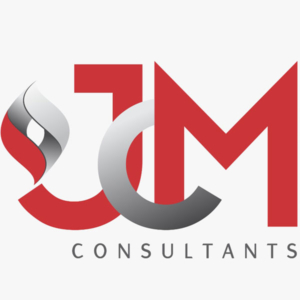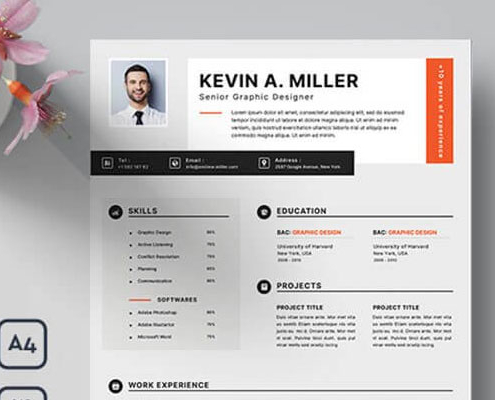Collating your career portfolio
In the past, career portfolios were seen as something designers and artists put together to exhibit samples of their work. Today, portfolios are considered beneficial for everybody. This is especially true when you’re job searching or looking for a new career path.
A career portfolio is a personal collection of materials. It documents the events and achievements of your life. A portfolio helps you to organise information so that you’re always ready to apply for jobs. A portfolio is also useful when applying for scholarships and grants.
Your career portfolio could include:
- educational achievements
- work samples
- professional development records
- awards and acknowledgements
- career and career planning
- job applications and other job information.
You can use your career portfolio to prepare a smaller, more specific, interview portfolio that you can take to job interviews. During the interview, you can show the portfolio items to the employer to demonstrate what you’ve created and achieved.
Once you have a job, a career portfolio is still useful. It documents work and learning experiences that you can use for credit on training courses. You can also use it when you’re negotiating promotions or changes to your working conditions.
Your career portfolio keeps you on course to fulfilling your career goals. And it can get you thinking about alternative career pathways you might follow.
What goes into a career portfolio?
There are no rules about what you should put in your portfolio. It’s up to you to present your unique skills, abilities and experiences in a way that suits your career. The portfolio you present at an interview will be different for each position you apply for.
Examples of portfolio items include:
- an up-to-date resume
- official transcripts of your student records
- licence and/or accreditation documentation
- training certificates
- evidence of your membership of professional associations
- written references
- certificates or letters of nomination for awards, honours and scholarships
- official evidence of specific skills
- work experience or placement reports
- job appraisals
- photographs and videos demonstrating your skill
- work samples
- work experience projects
- reports you’ve written, presentations you’ve created
- samples of different kinds of writing
- a list of seminars and workshops you’ve attended, including a description of each
- a program from an event you planned, or were part of
- newspaper articles or profiles that highlight your accomplishments
- a description of experiences that don’t fit into your resume
- a personal statement that relates to your career field.
Tips for presenting your portfolio well
Your portfolio creates an image of you in an employer’s mind. Make that a strong, positive image. You can do this by ensuring yours is well-organised, professional looking and free of mistakes.
Use the same font, font size and heading styles to give your documents a consistent look and feel. Use a layout that highlights the most relevant or interesting information.
For each work or evidence sample, provide a short statement that:
- says what the item is
- describes briefly but clearly the context in which it was created
- lists the skills it developed or demonstrates.
When you apply for a job, mention in your cover letter that you can provide a portfolio on request. Even if an employer hasn’t got time to look at it, just having one makes you look organised and professional.
Always take your portfolio to job interviews. You might be able to use portfolio examples when you are answering questions. If you don’t get the chance to show your portfolio, show one or two items at the end of the interview. This will help to reinforce the good impression you’ve made.
It’s best never to leave your portfolio with an employer. It has personal material in it. And any work samples you include could be confidential or copyrighted to the companies where you produced them.
Keeping your career portfolio up to date
A career portfolio changes as your life changes. Even when you have no thought of changing jobs, keep your portfolio current. This will ensure that you’re ready for a future job search or career change at any time.
Save copies of:
- articles and papers you write in your job
- projects and ideas you work on
- notes about activities and decisions you make that get good results.
Maintaining a career portfolio gives you more responsibility and control over your learning and personal growth. This makes it an excellent tool for lifelong learning. Who knows? It could give you an edge in your job interview.







